Visit to the Oman National Museum - Part 1
I have been in Muscat for almost 7 years now but I had still not had the opportunity to visit it's National Museum. Whenever I travel anywhere the first thing I would like to visit in that place is it's Museum because that's the place where you get to know the culture and traditions of that place. Again the irony is that we always miss out to see places in the city that we live and we never give much of importance to it. Last week when my Cousins were in the City, I planned to take them to the Museum so that I could also get the opportunity to visit. From the outside the Museum looked grand and it was always on my list, but it was just not happening. Glad that I could do it this time because it's really worth visiting this place.
I will be making this post in 2 parts as there are many things that I want to share and showcase about this beautiful Country Oman.
The Museum has sections like the arms & ammunitions, development of shipping trade, farming and irrigation, art and culture, display of royal life and the heritage structures of Oman.
Today I will share about the Arms and Ammunitions, Shipping Trade, Farming and Irrigation and the Omani Culture.

This is a traditional Omani Khanjar (dagger). This is very significant for Oman as it's the national symbol of the Country. People of higher ranks on important occasions tie it around their waist. It's a mark of respect and power.

Some of the Guns and a Cannon of the olden times on display.

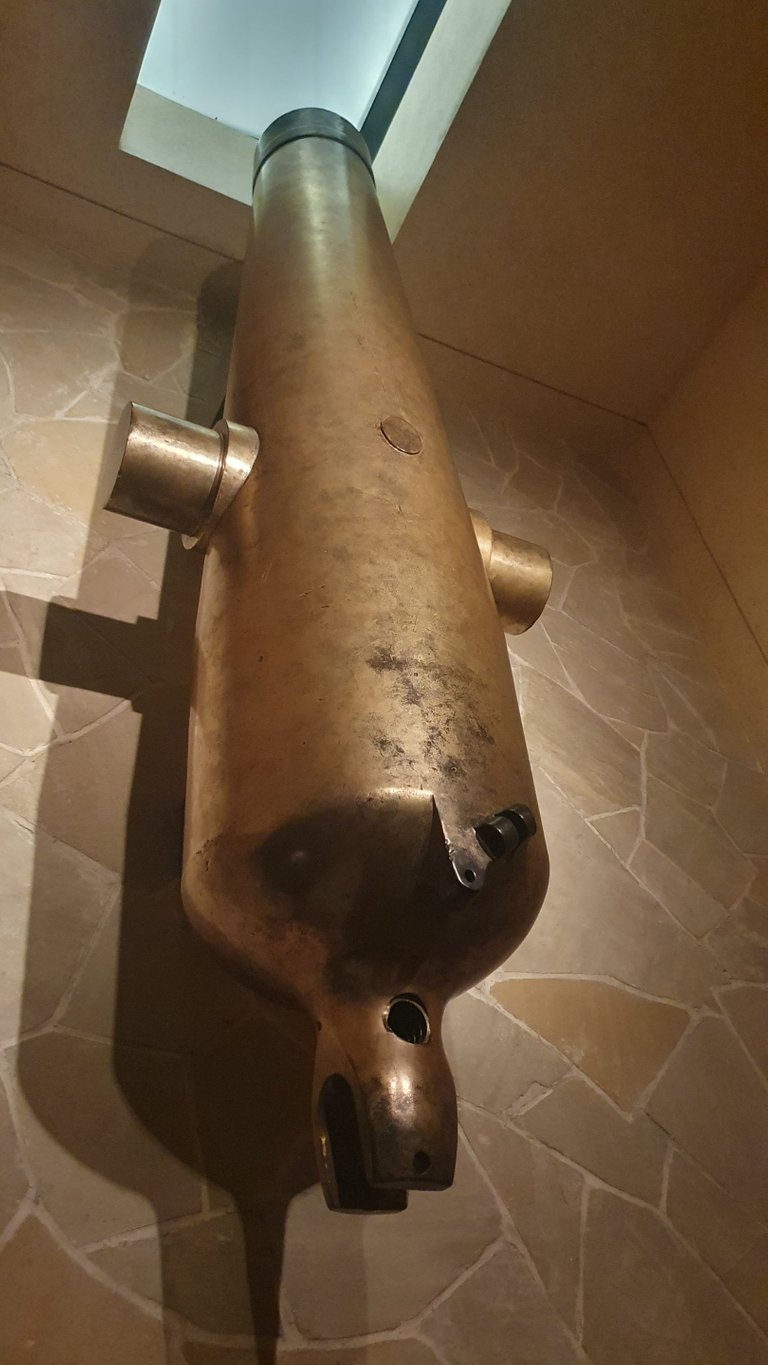
This is what is also found on the Oman Flag. Two crossed swords with the dagger in the center.
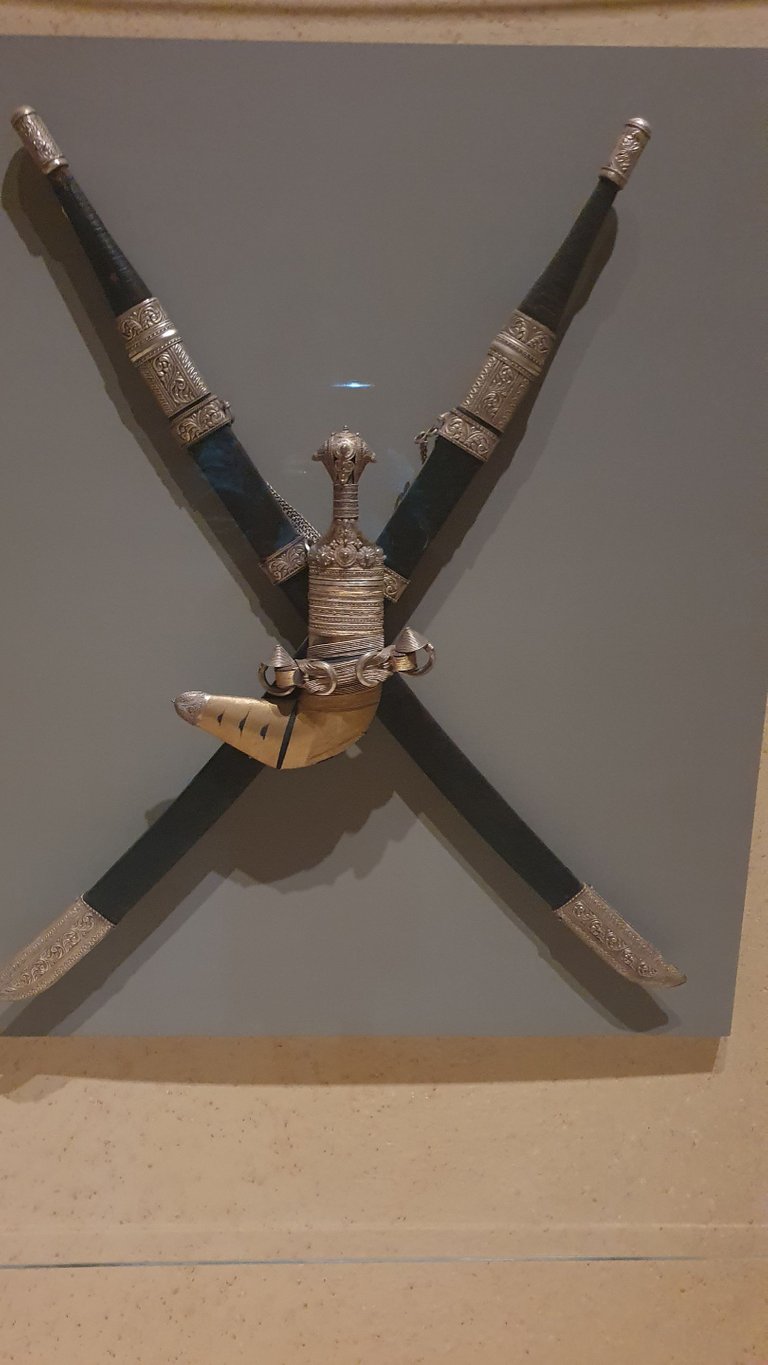
Different types of Swords
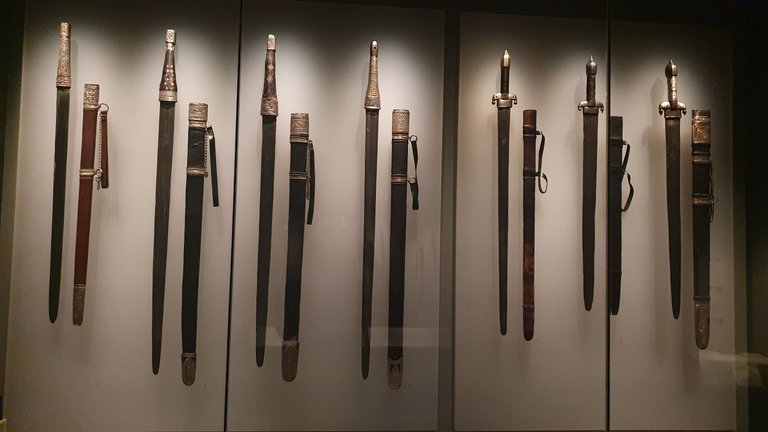
These are the shields with the swords. They are very small in comparison to the ones that I have seen so far in other museums.
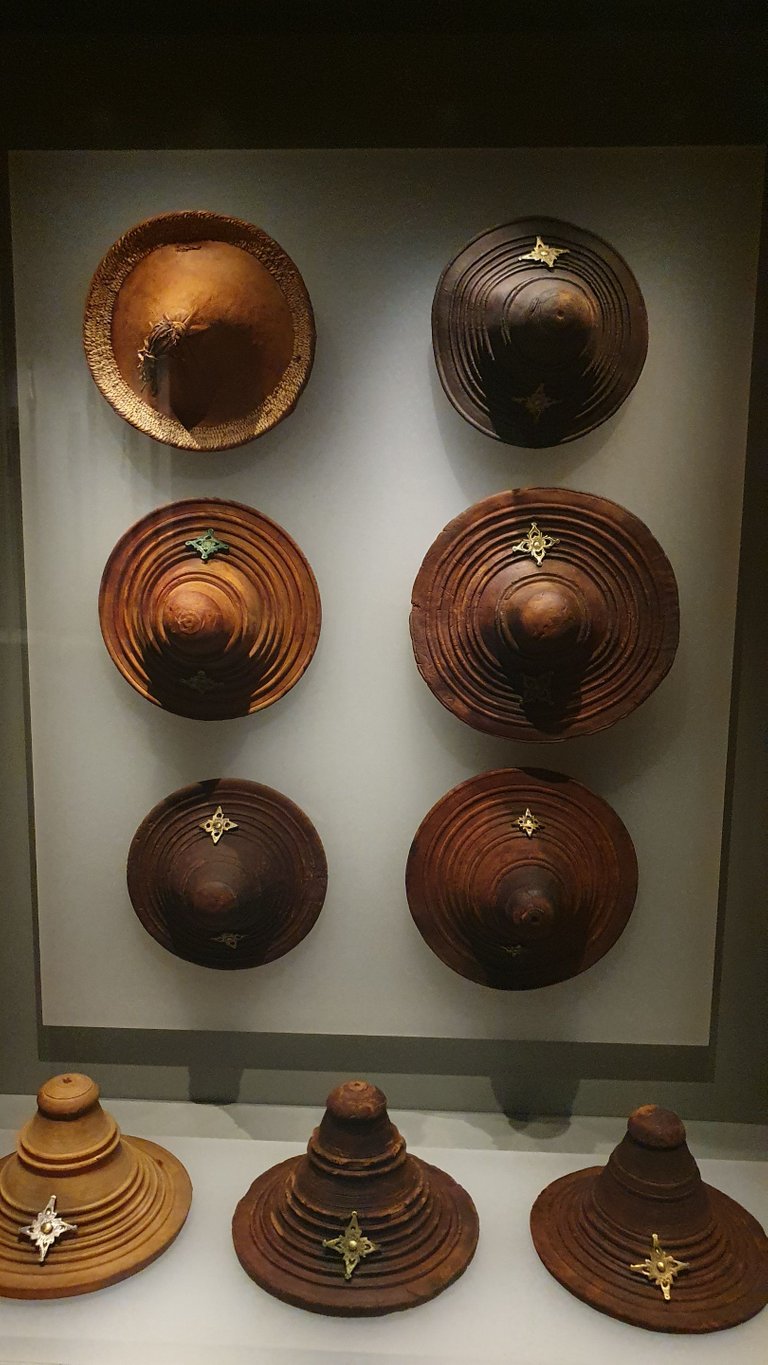
After this we proceed to the Shipping section, where there was a display of the olden time boats used in Oman.

We still find some of these types in the interior villages used by local fisherman.
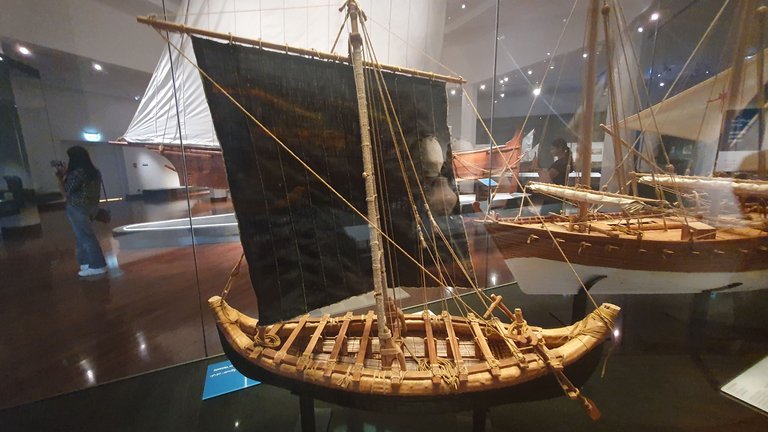
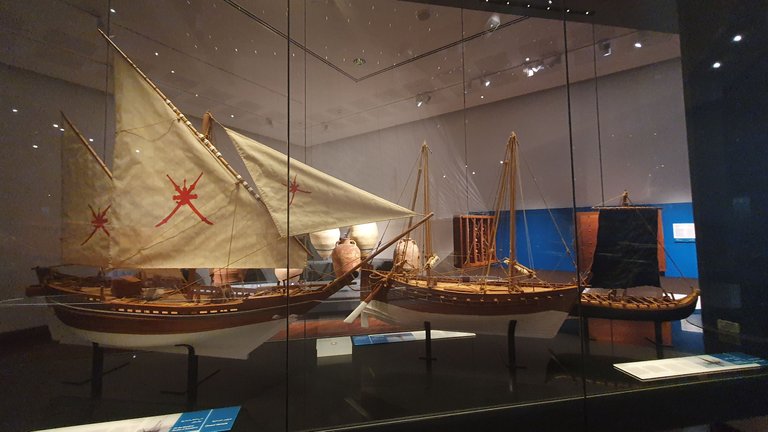
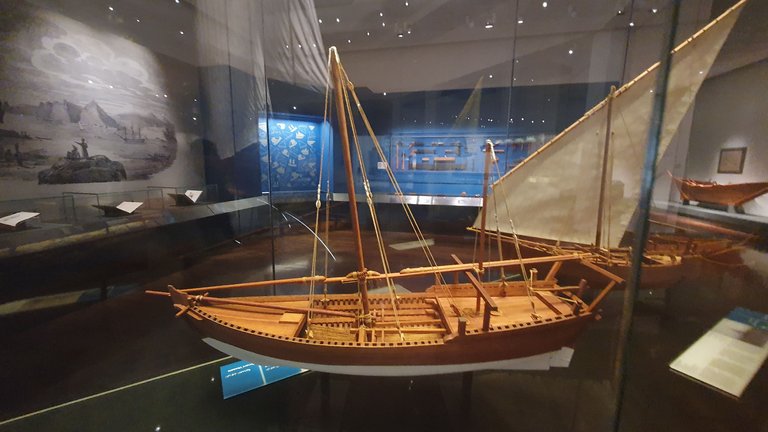
A stone used to anchor the boat with the rope
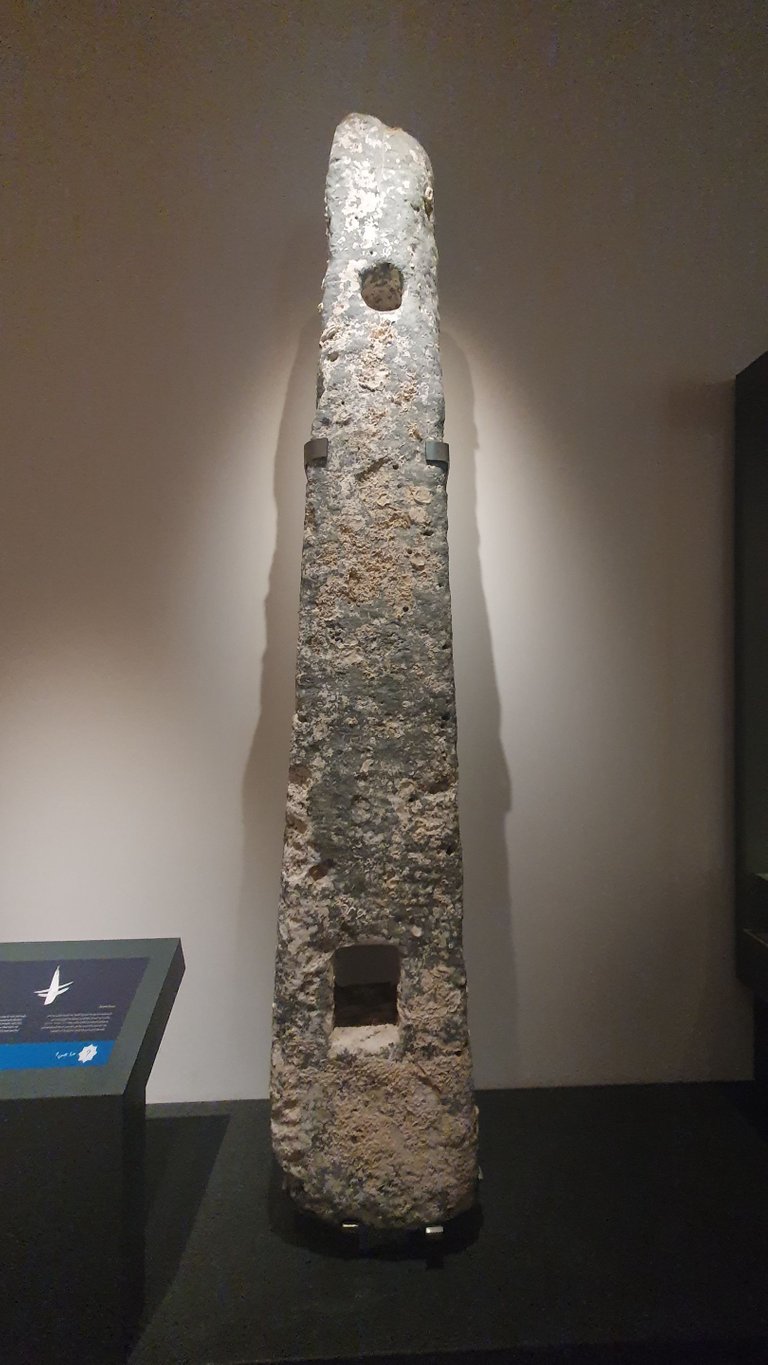
After this was the section of Farming and Irrigation of olden Oman times.
A farming plough
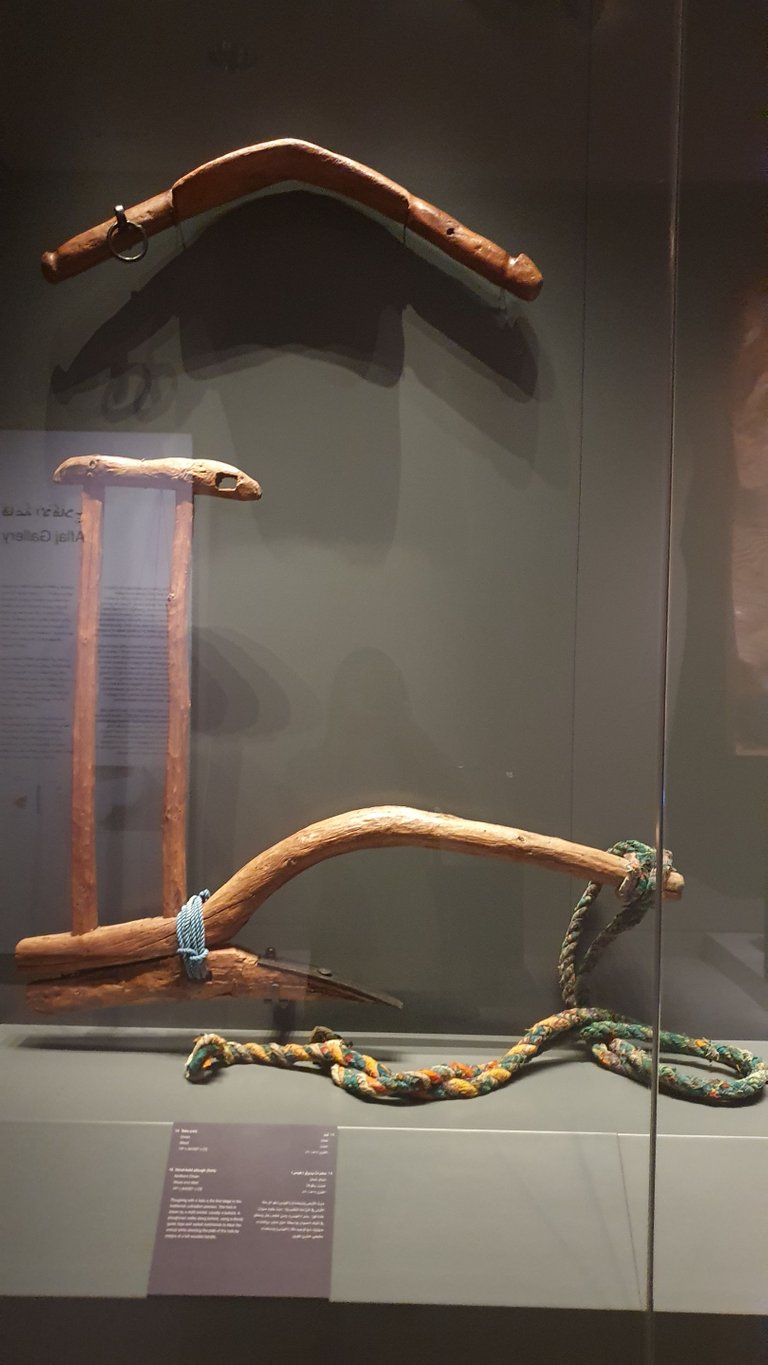
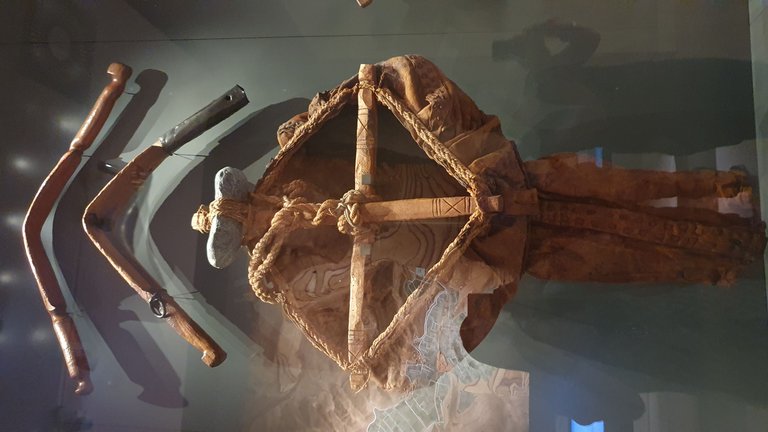
An Axe. This is nothing fascinating as it's been used in the modern times as well.
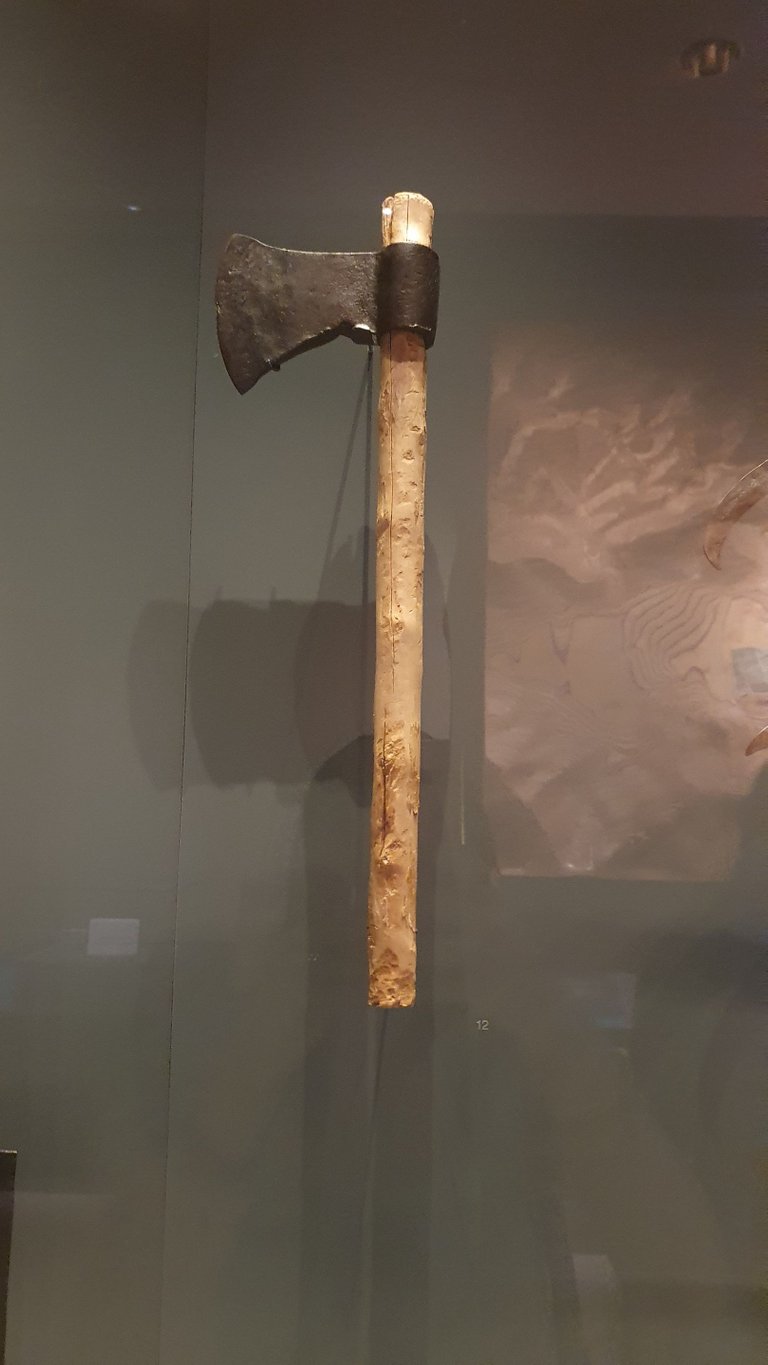
This must be used in the carts which must be used for ploughing. Some of these things we still see in the villages of India now also, but may be in the next 50 years or so these will no longer be in use in any part of the world.
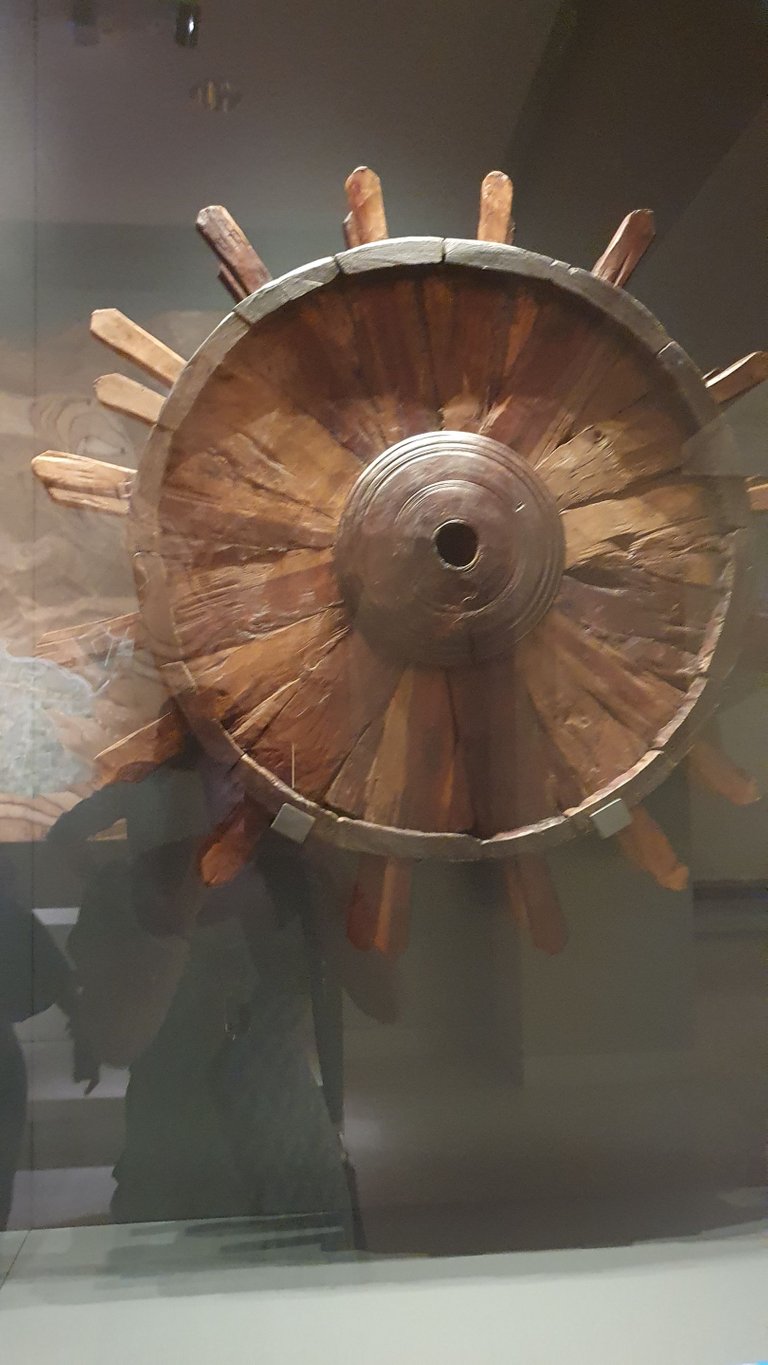
This was a section which represented some Syrian artifacts. What we observed here was that most of them they were damages in the face part and rest of it was all fine. This was a quick run through
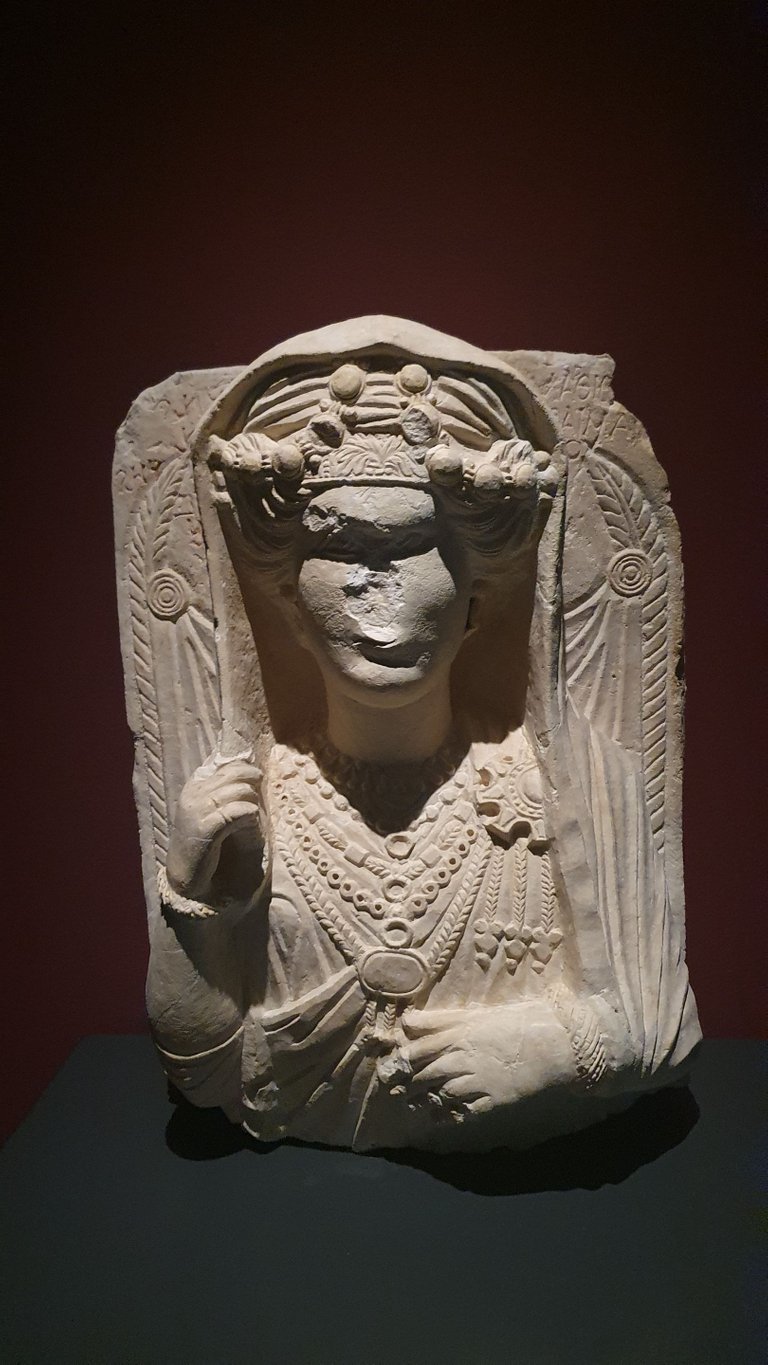

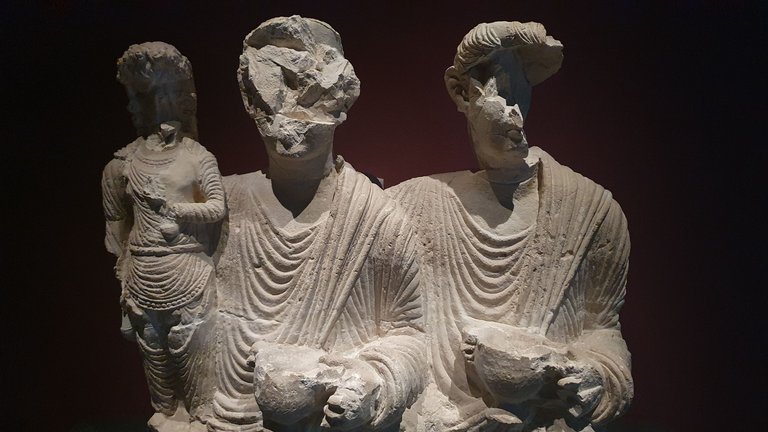
This is the Omani traditional wear and some of their way of living.
Display of traditional dress of Omani man and woman and children
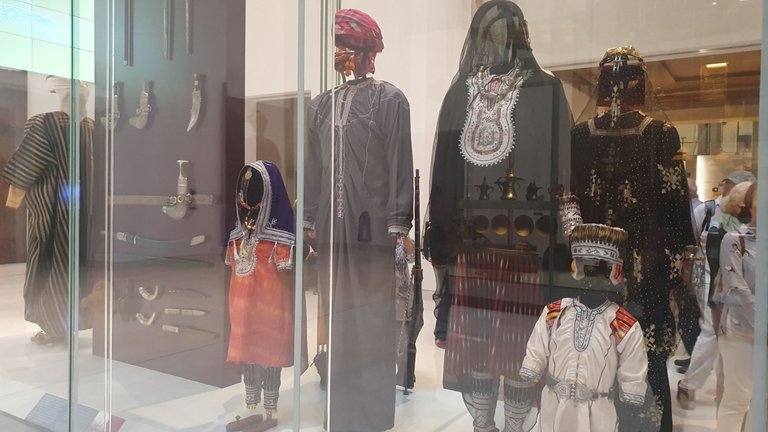
The woman have something like this worn on their head
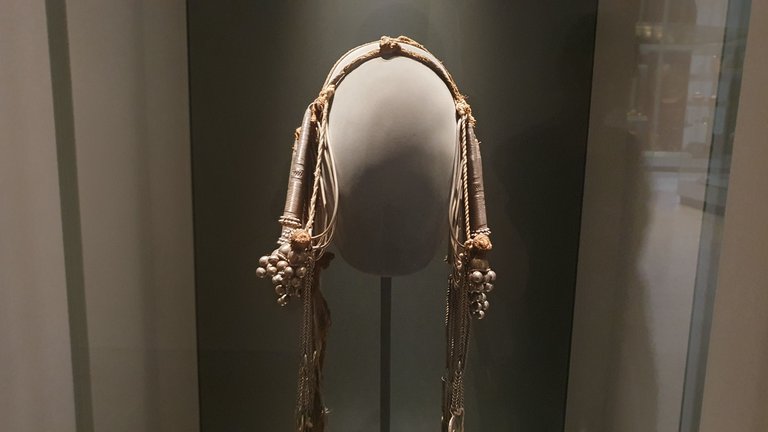
This mask is worn on the face. We do not see it anyone wearing it today in the cities, but in the remote villages we may still come across these worn by some women.
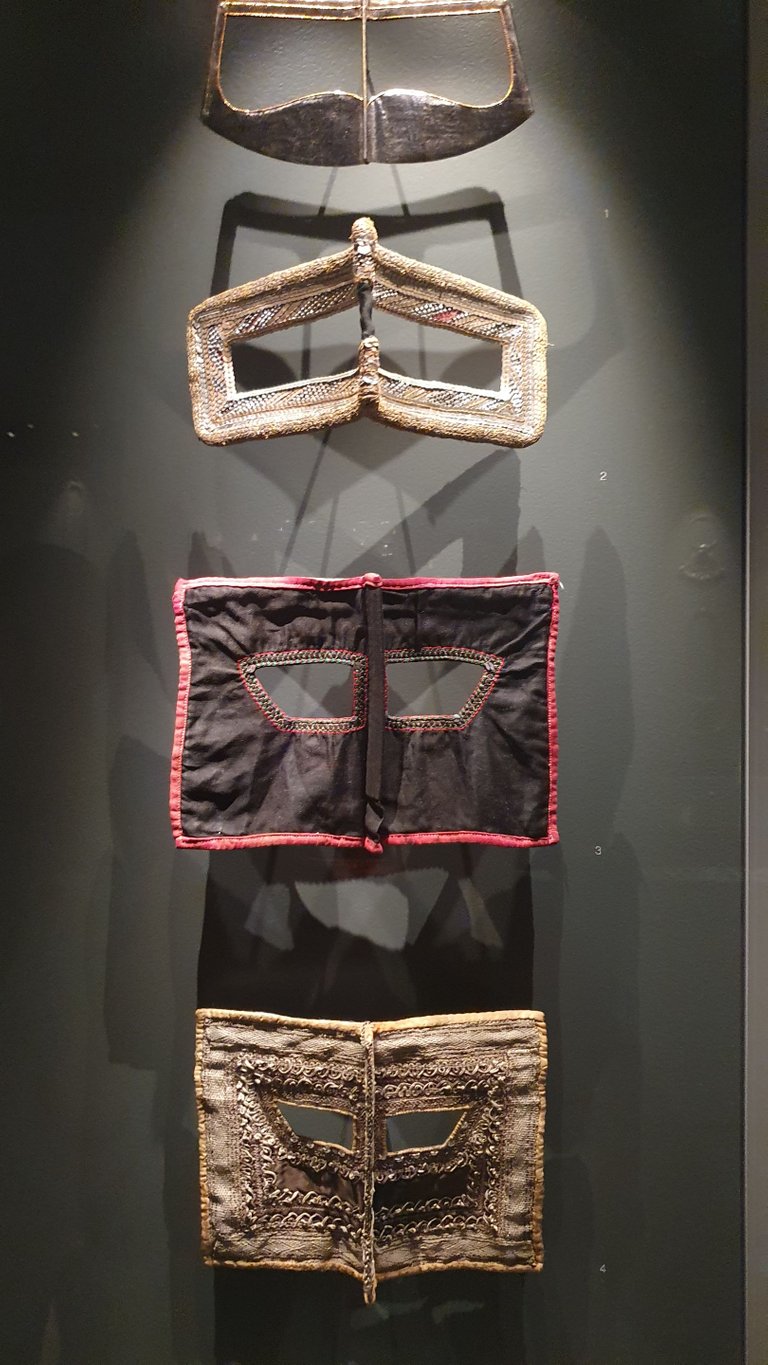
Some Pottery
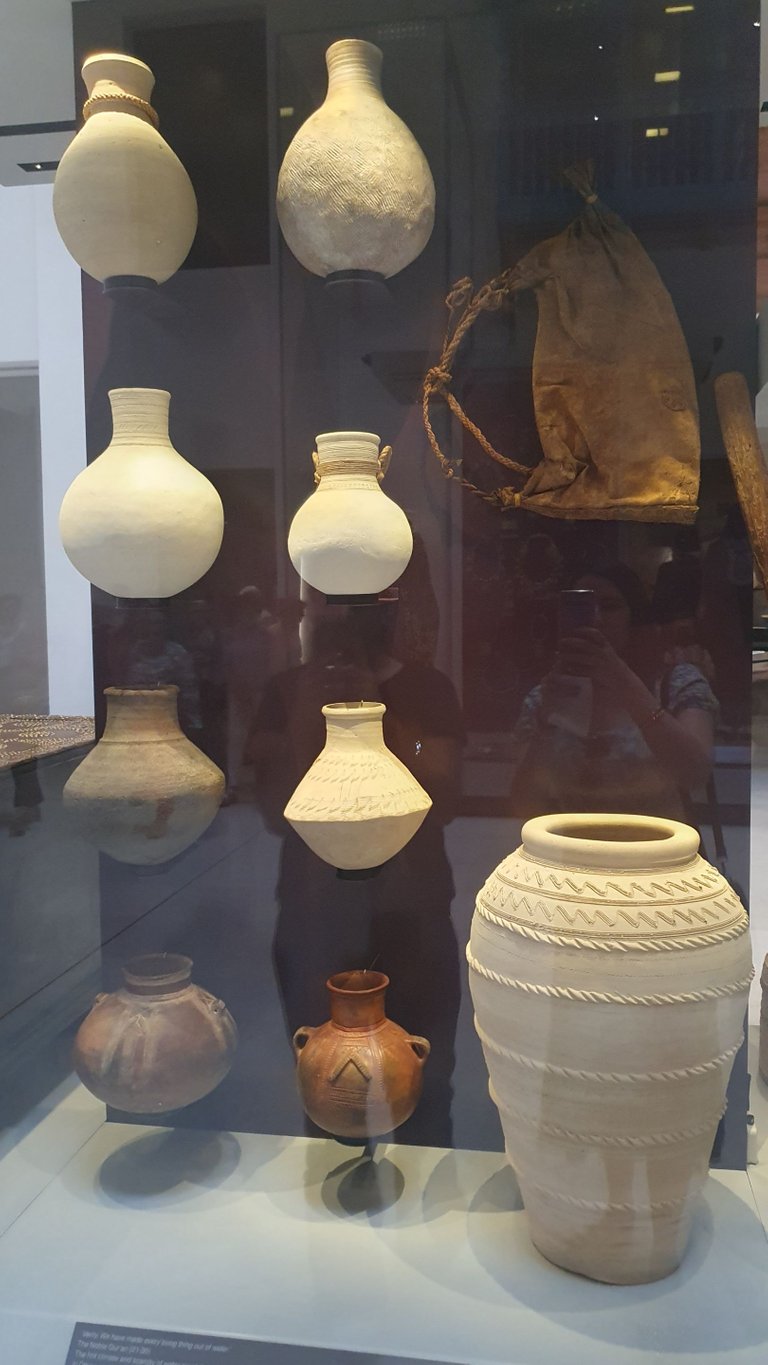
An Omani house balcony. In the old city part we still see these type of homes with balcony of this sort
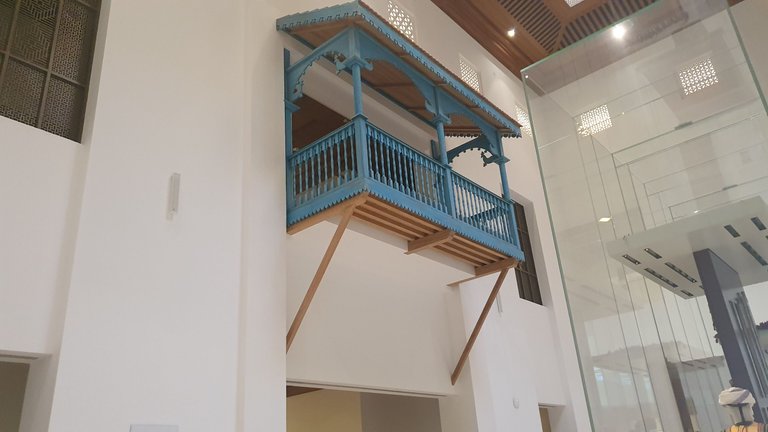
The wooden door of an old house. I believe that were more strong and sturdy then the ones we have today.
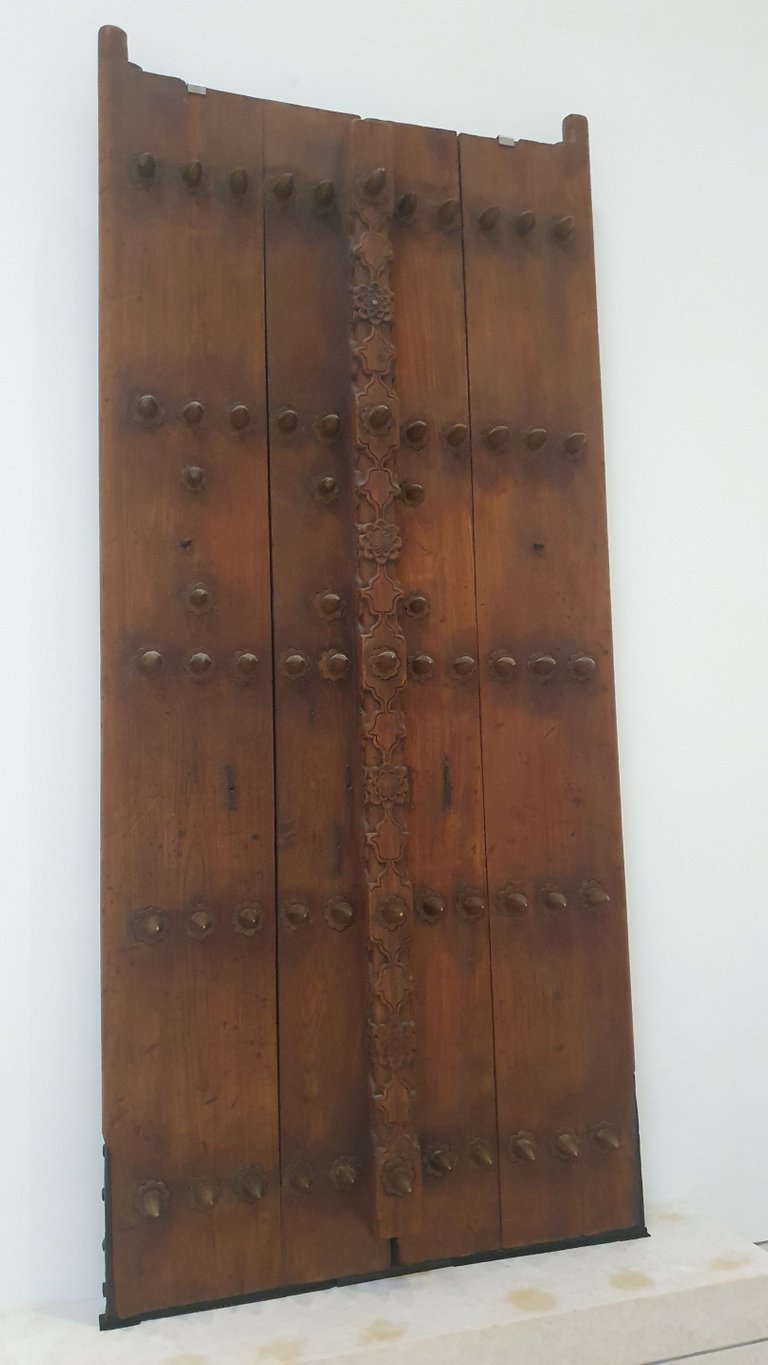
A water carrier pouch. These types of pouches were used when people would travel on camels in the desert. It would keep the water cool.
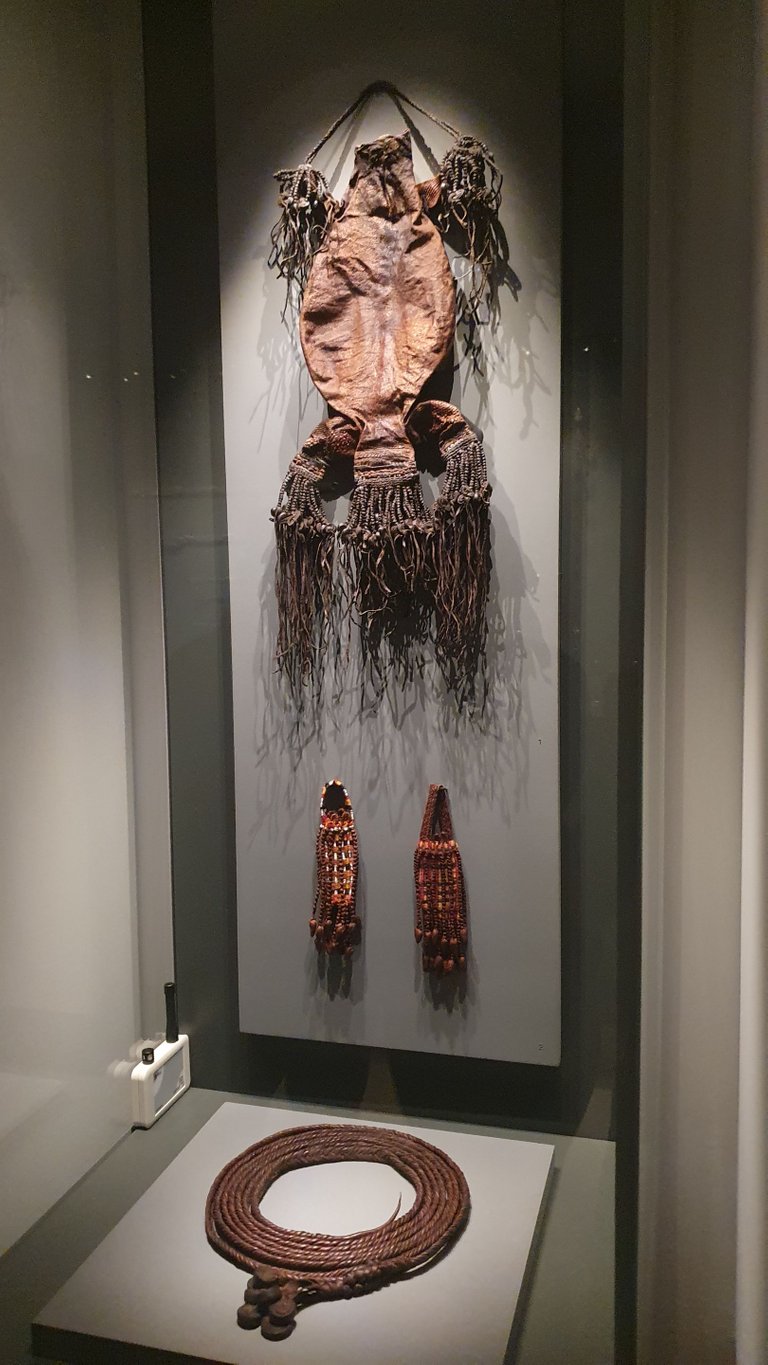
It is quiet an interesting museum. I will share the part 2 of it tomorrow and show you some more of the Oman culture through the pictures.
Thank you for visiting my blog. 👼🏻👼🏻💖💖🌹🌺🌸
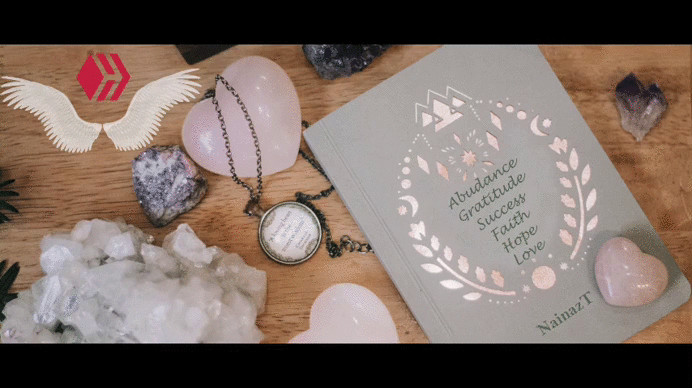

 |

|

|

|

|
Thanks for this post! It was quite interesting to take a look at Omani culture and traditions through your eyes, as I have never been anywhere near the Middle East myself. These are some of my impressions:
I have seen those daggers in pictures, worn in the belt as a symbol of honor. My only question is: is the blade actually bent, and if so, how do they pull it out of the sheath?
I was very impressed with the sailing boats. Yes, those triangular sails actually influenced medieval European sailing, which later became known as the jib sail on ships going around the world. The plows I found a bit less spectacular.
Were the faces of the statues damaged for religious reasons, thinking that they might have been depicting deities?
I love traditional clothes, and it was exciting to see that for an Arabic Muslim culture (please correct me if I'm wrong) the women's dress is NOT the black head-to-toe cover. I particularly liked that headdress, though I'm only guessing at the details of it. Was it made to keep you hair together? And what about those masks? Are they meant to cover the woman's face?
Yes, that door and the balcony are pretty impressive! But I believe that in general architecture was A LOT more impressive all around the world before... well, the last seventy years or so.
Looking forward to the second part of this amazing museum visit!
Before I start responding to your questions @stortebeker first of all I would like to thank you and appreciate your time and attention on my post which has been so much in detail. It feels good.
There is a very slight bend not like the whole L shape, so it comes out and goes in easily.
It is interesting to know about the jib sailing I was not aware of it.
It was quite interesting to see that only the faces were damaged, though there was no particular mention about it. I do not think so it was for religious reasons, probably I guess it was something to do with power and clash on that.
You will be surprised to know that Women of this Country are very modern and forward thinking. Though they are covered but not in the traditional way. It is also a choice they have to wary their covering. In Countries like Saudi Arabia it is completely intolerable but in Oman and UAE as I mentioned it's a different scene. Even a place like Iran as you would know what happened lately over a woman's dress was disgusting. Thankfully the people here are much sensible.
The masks again is a choice. I see that in the remote villages of Oman some women still wear them, so it would also depend from family to family on these choices.
The head gear is like a ornament. I see them wearing during special occasions. The people here have a very good sense of dressing, specially the females.
True, in the past they paid a lot of attention on beautification of their homes. Not that it's not done today, but the styles have changed.
I will publish the part 2 shortly.
Thank you once again for your keen interest.
Have a good day!
Thank you for your detailed answers! It's exciting to find out new things and fill out the blanks in my knowledge. The part about women's dress, and the corresponding repression in various countries is quite interesting. I knew that the UAE, particularly Dubai, is quite modern and liberal, but in my mind that was the exception to the norm. Though maybe it could be the other way round: Iran and Saudi Arabia are exceptionally oppressive. Do you know the situation in other countries in the region, such as Bahrain, Kuwait, or Qatar?
I'll take a look at the second part of your museum post soon. 😀